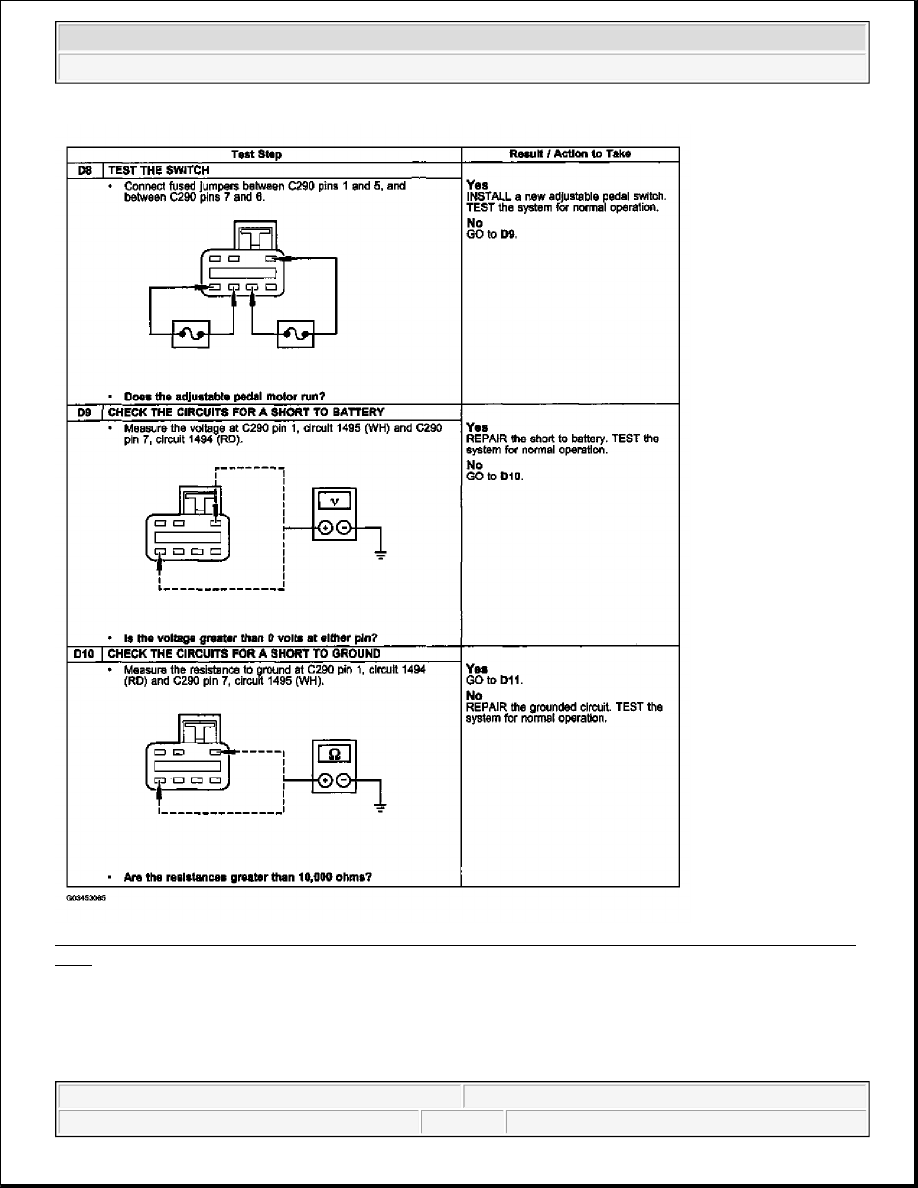Ford F150 Pickup. Manual - part 340

Fig. 8: Pinpoint Test D Adjustable Brake Pedal Does Not Operate/Does Not Operate Correctly Step (D8-
D10)
Courtesy of FORD MOTOR CO.
2003 Ford Pickup F150
2003 GENERAL INFORMATION Brake System - General Information - F150 Pickup